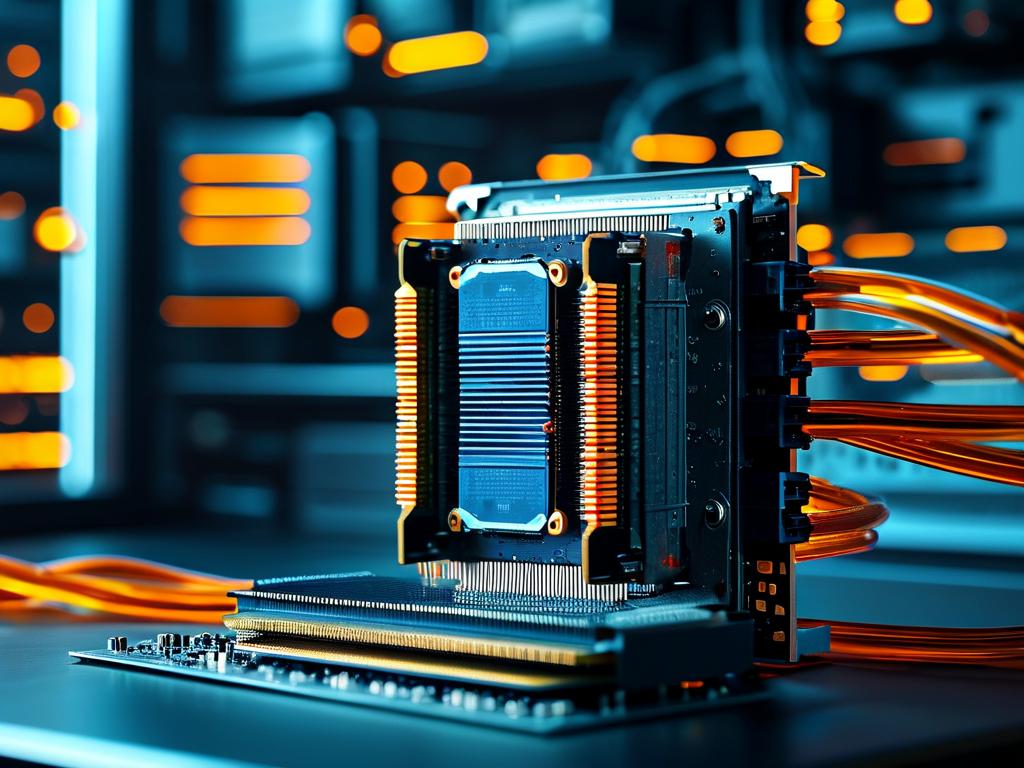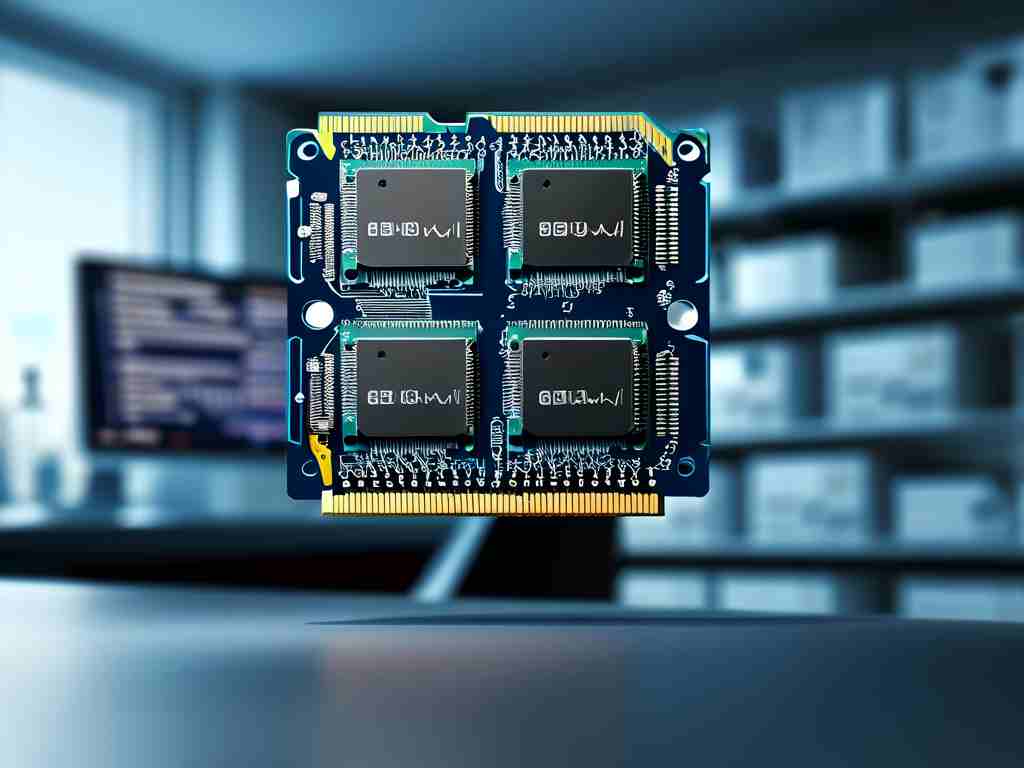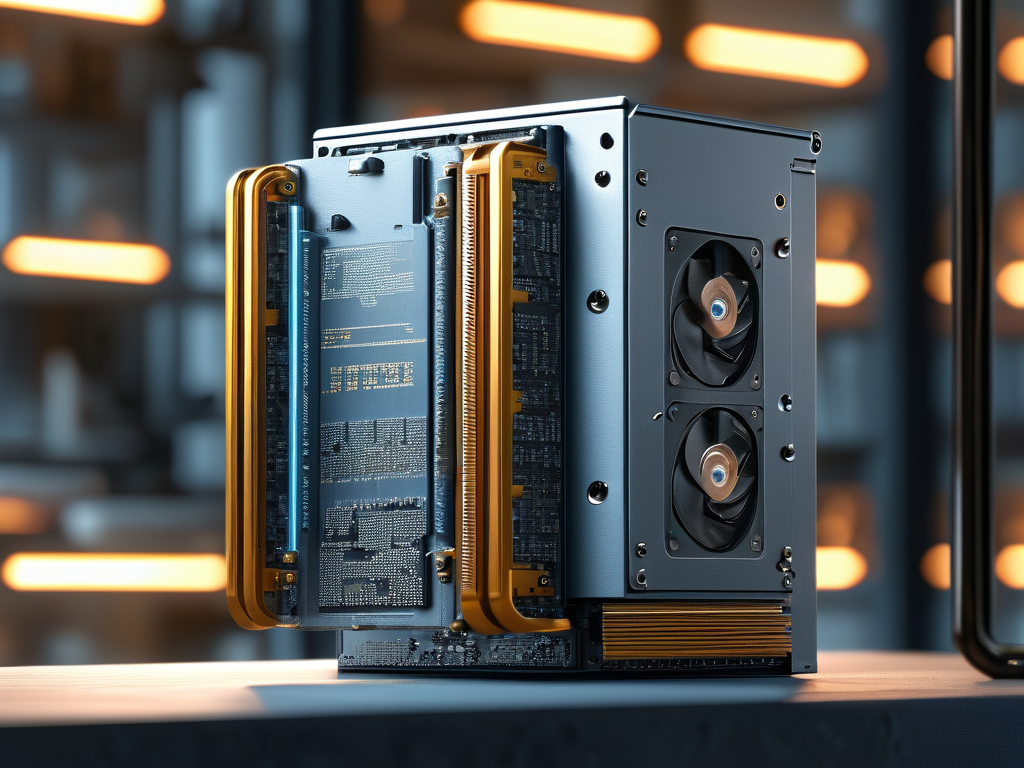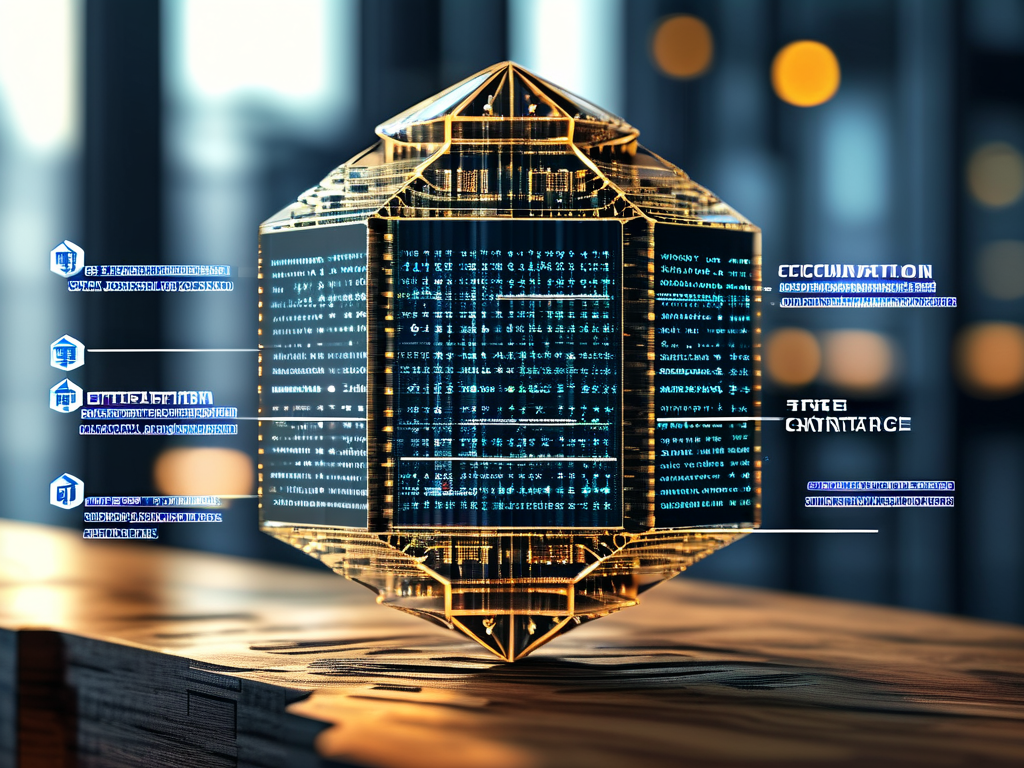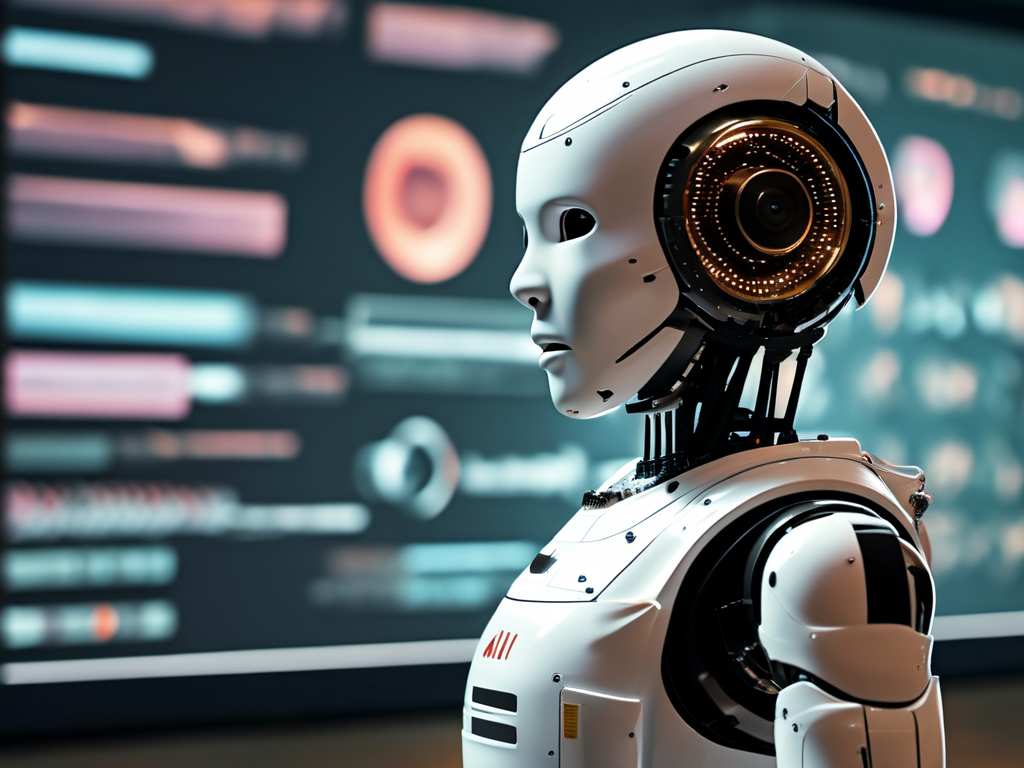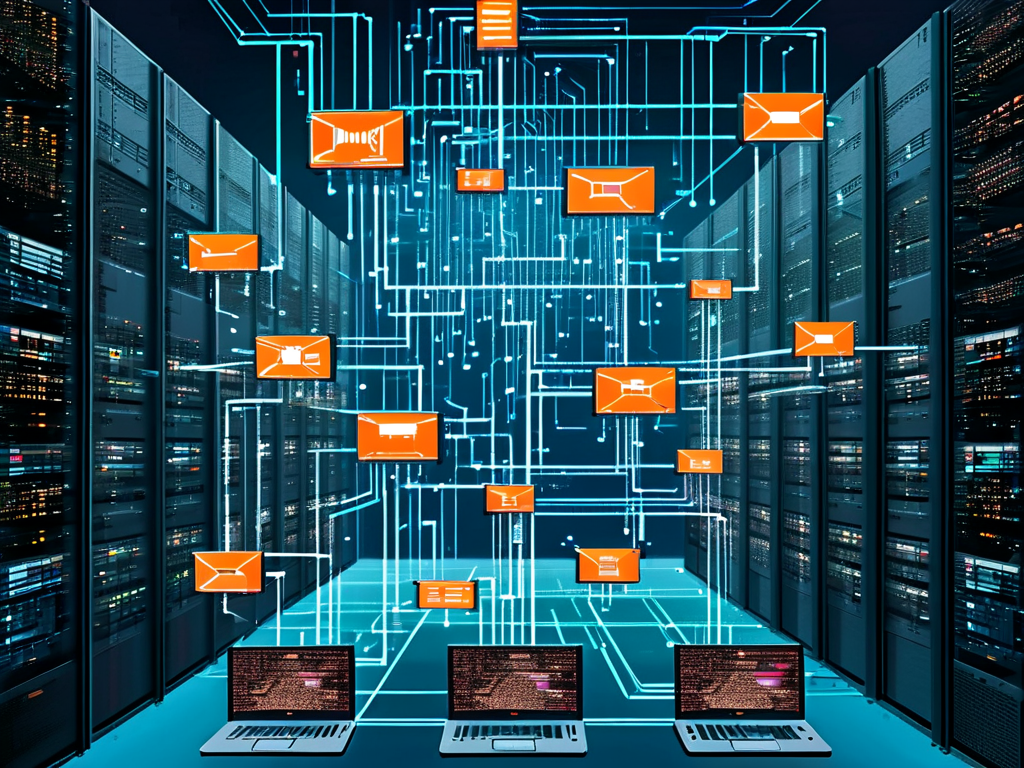In the realm of modern computing, the role of graphics processing units (GPUs) has expanded far beyond rendering visuals for games or movies. One critical aspect that sets GPUs apart from traditional central processing units (CPUs) is their specialized memory architecture. But why is GPU memory so indispensable for computational tasks? The answer lies in the unique demands of parallel processing and data throughput.
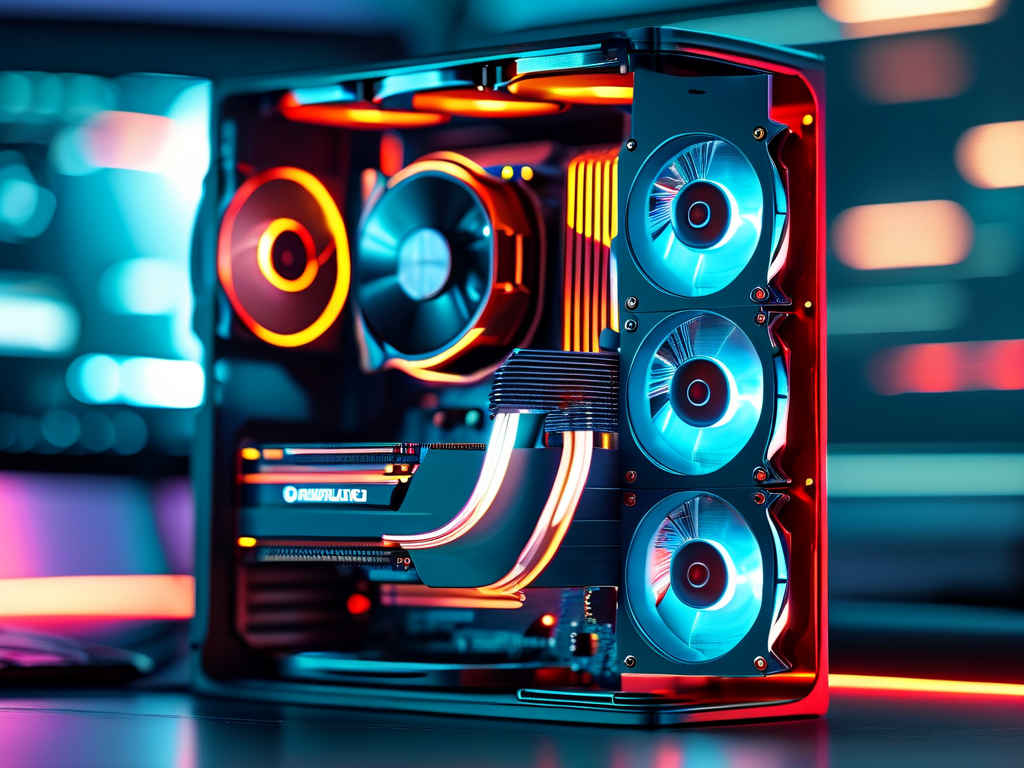
Unlike CPUs, which prioritize low-latency access to smaller datasets, GPUs are designed to handle massive volumes of data simultaneously. This capability stems from their high-bandwidth memory (HBM) and GDDR (Graphics Double Data Rate) configurations. For instance, NVIDIA’s latest RTX 4090 boasts 24 GB of GDDR6X memory with a bandwidth exceeding 1 TB/s. Such specs enable GPUs to process complex simulations, machine learning models, or real-time data analytics tasks that would cripple even the most advanced CPUs.
A key advantage of GPU memory is its alignment with parallel workflows. In tasks like training neural networks or rendering 3D environments, thousands of threads operate concurrently. Each thread requires rapid access to shared or distinct data chunks. CPU-based systems, reliant on DDR4 or DDR5 RAM, struggle with this due to limited bandwidth and higher latency. GPU memory mitigates these bottlenecks by employing wide memory buses—up to 384-bit in some models—and optimized caching hierarchies.
Consider the example of deep learning frameworks like TensorFlow or PyTorch. When training a convolutional neural network (CNN), the model’s parameters and input data must reside in memory for quick retrieval. A GPU’s VRAM (Video Random Access Memory) not only stores these elements but also facilitates rapid matrix multiplications through tensor cores. Without sufficient GPU memory, frequent data transfers between CPU RAM and the GPU would introduce debilitating delays, a phenomenon known as “data starvation.”
Another scenario highlighting GPU memory necessity is scientific computing. Climate modeling, fluid dynamics simulations, and genomic sequencing involve petabytes of data. Researchers using GPU-accelerated libraries like CUDA or OpenCL rely on the device’s memory to cache intermediate results. For example, the following pseudocode snippet illustrates a memory-intensive operation:
# Pseudocode for GPU-accelerated matrix inversion
import numpy as np
from gpu_library import accelerate
data = np.load('large_dataset.npy')
gpu_data = accelerate.transfer_to_gpu(data)
result = accelerate.matrix_inversion(gpu_data)
Here, transferring data to the GPU’s memory upfront avoids repeated CPU-GPU communication, drastically reducing computation time.
Critics might argue that cloud-based solutions or distributed computing could offset GPU memory limitations. However, latency in distributed systems remains a hurdle. A 2023 study by the IEEE found that localized GPU memory outperforms cloud clusters for iterative tasks by up to 40%, as network overhead accumulates with each iteration.
Moreover, emerging technologies like real-time ray tracing and quantum computing simulations further strain memory systems. GPUs with dedicated RAM not only meet these demands but also future-proof systems against evolving computational requirements.
In , GPU memory is not merely an accessory but a foundational component for high-performance computing. Its ability to deliver unmatched bandwidth, support parallel operations, and minimize latency makes it irreplaceable in fields ranging from AI to astrophysics. As data complexity grows, so too will the reliance on advanced GPU memory architectures.


